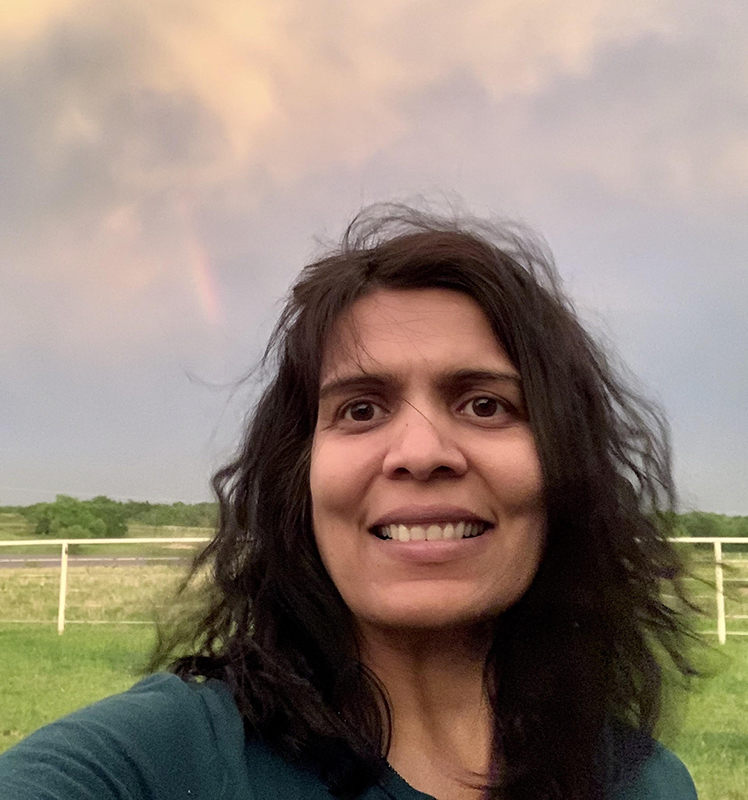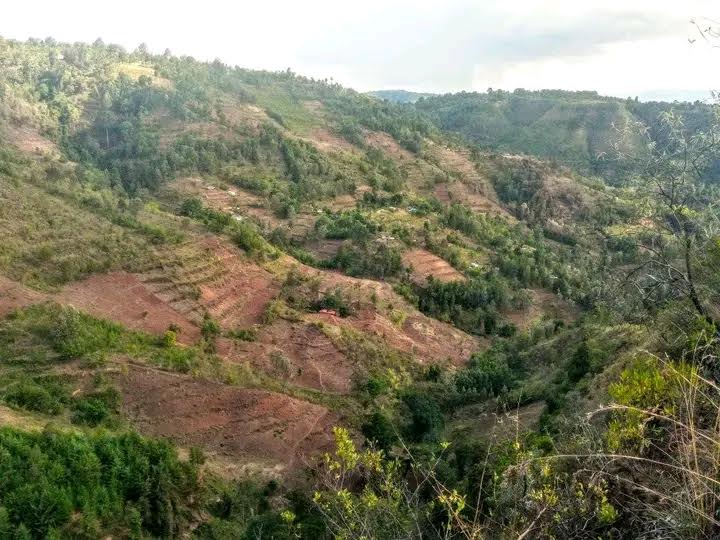Washington Senate Bill 5453 moves to House Appropriations Committee

In Washington state, Senate Billl 5453 concerning female genital mutilation/cutting (FGM/C) recently passed the House Committee unanimously, and is now scheduled for a public hearing with the House Appropriations Committee on Friday, March 31st at 1:30 PM PST. The bill, which was introduced on January 18th, aims to: create a private right of action for survivors of FGM/C; prohibit providers from performing FGM/C on a minor; establish education and outreach initiatives to prevent FGM/C; provide care for victims and families of FGM/C. You can show your support for this bill in one of the ways below: Testify In-Person (oral testimony limited to only 1-2 minutes max) Testify Remotely (oral testimony limited to only 1-2 minutes max) Submit Written Testimony Vote Pro Learn more about Washington SB 5453 from the Washington Coalition.
Sahiyo spotlight: Incoming U.S. Advisory Board Vice Chair Sakina Sharp

Sakina Sharp has advocated against gender-based violence for over two decades. In 2011, she co-founded Awaaz, a 501(c)(3) non-profit organization to help survivors of domestic violence. She led it in an executive leadership and board capacity for 7 years. Sakina is a legal and compliance executive with 20+ years of experience in insurance regulatory and privacy law, advising large financial services organizations. She received her J.D. from Brooklyn Law School and her B.A. from New York University. Sakina is proud to be a girl mom. When did you first become involved with Sahiyo? I first became involved with Sahiyo in 2018. I was trying to find information on female genital cutting (FGC) in the Bohra community, and I found Sahiyo. I checked Sahiyo’s Facebook page and could not believe that such a community existed; I was so happy. I called Mariya Taher within a few weeks and asked her about how I could be involved. Now, here I am. In your new role as Vice Chair of Sahiyo’s Advisory Board, what are some goals, both short-term and long-term, that you are aiming to work towards? My goals for Sahiyo remain what they were when I started with Sahiyo: to get the awareness of female genital cutting (FGC) out, and to allow space for other survivors of FGC to tell their stories. Storytelling is very powerful– that’s what drew me to the work that Sahiyo does. That’s what makes Sahiyo a unique and compelling nonprofit, and I would like to focus more on that this year. What are you most looking forward to? One of the things I’m most looking forward to is learning more about the inner workings of Sahiyo. As an Advisory Board member, we get a glimpse into what Sahiyo does, but are not fully engaged with its work on a day-to-day basis. As a small nonprofit, I think Sahiyo has done tremendous work in such a short amount of time under Mariya’s leadership, and I want to see how that is done through a closer lens. As a lawyer, can you provide us with some insights into the legal realm of FGC that you have developed over the course of your career? So, I struggle with the role of law in FGC, and I find myself in an interesting position. The reason I say this is because prior to getting involved with the work to prevent FGC, I did a lot of work with domestic violence (DV) prevention. Part of the reason I became a lawyer was because I thought that the law would do a lot for minimizing the prevalence of domestic violence. I found that the impact of law was not, I guess, that impactful for DV. And that’s why I struggle with it for FGC. I think it’s important for us to have laws that ban the practice; it’s important for us to have laws that define FGC to include khatna. I think those are very important table stakes to set the standard in our community of what’s acceptable and what’s not acceptable. I think it’s also important for the Bohra community, the community I belong to, because the belief in the community is that the law of the land is what the people of the community need to go by. So if the law of the land is, you can’t do this, then by default, the religion is saying, you can’t do this. Now, how impactful that is in practice, I don’t know. As a survivor, I feel like storytelling is more impactful, because it reaches people more deeply. It communicates to people how prevalent FGC is, how it has impacted people who have either undergone it, or those who know people who have undergone it, or those who have promoted the practice. What, according to you, is the most urgent calling that needs to be supported in order to reach our goal of ending this practice? Recently I read something that Sahiyo had put out in their Annual Report about critical mass: if there are more voices, if there are enough people in a community who say no, this practice cannot happen. Then only real change can be achieved. Getting enough people to understand it, getting enough people to talk about it, and getting enough resources and education out there, is what I think is going to get us to a critical mass. That is what I want to work toward with Sahiyo.
My experience learning about Kukeketwa (FGC)

By Cecilia Mwakenya Trigger warning: this article contains graphic descriptions of female genital cutting (FGC). I was born and raised in Chachewa, a small village in Taita Taveta County, Kenya. Taita Taveta County is located approximately 360 kilometers from Nairobi, Kenya’s capital city. The Taita and Taveta communities are the most populous ethnic groups in the county, and I am a part of the Taita community. Growing up in Taita Taveta was an adventure for me because of the serene environment, being surrounded by the Tsavo national park which is a major tourism site in Kenya. Waking up every day to different wild animals and the mountains filled me with such an amazing feeling. It also helped me learn about my culture and the challenges that women and girls face in my community. This included the inability for some girls to afford sanitary towels, and in some homes, frequent violence directed towards women. When I was 13 years old, studying as an eighth grader in primary school, I met a friend of mine whom I will name Tatu for the purposes of this publication. Tatu was a cheerful and bubbly girl who shared funny jokes with us at school. Even when we weren’t in the mood for jokes, she would make us happy and soon we would be smiling like her. Behind her smiles, however, were tears, loneliness, and hidden scars. Like myself, Tatu is a native of Taita Taveta County. Unlike myself, she was subjected to FGC when she was only nine years old. As the youngest of six siblings, with four older sisters, Tatu knew to expect what her female relatives called Kukeketwa, also known as FGC. However, she was not prepared for the experience that would shape her to this day, which she told me about. “It all began when my mother began preparing me for a ‘ceremony’ that was to take place during the school holidays. I was in fourth grade and had no idea what the ceremony was about. As the days passed, my elder sisters began telling me about Kukeketwa and how they, too, had been cut. They said it was a transition from childhood to adulthood. I remember that fateful day, when they took me to a secluded dark hut where the whole process was going to take place. I was scared and started crying out loud. There was this woman popularly known as ‘Koko’, plus two other women including my mother. The other woman put a hand on my mouth, and the others tied my legs to the sides, and Koko took a sharp razor and cut my private part. I was crying and I looked at my private parts, and there was blood everywhere, splashing. Immediately they started singing and told me I am now a complete woman. When I reached home I found my other family members celebrating and singing songs of praises, because I had officially become one of them. It took me three weeks before I healed, but I never remained the same again.” I was so traumatized listening to her story. I did not know behind the exterior of the jovial Tatu, there were scars that will never heal. I was one of the lucky girls because my parents were educated about the harms of this practice, and even with the pressure around the community, they never allowed me to be cut. They were so protective of me, and that is something I am grateful for. In learning from Tatu about the harms of FGC, and living with the privilege of my own exemption from the practice, I grew up with the passion of wanting to work to end FGC. My work at Sahiyo is a part of this, because I believe it is possible to prevent FGC. I want to ensure no other young girls like Tatu will have to hide their pain deeply behind a smile.
